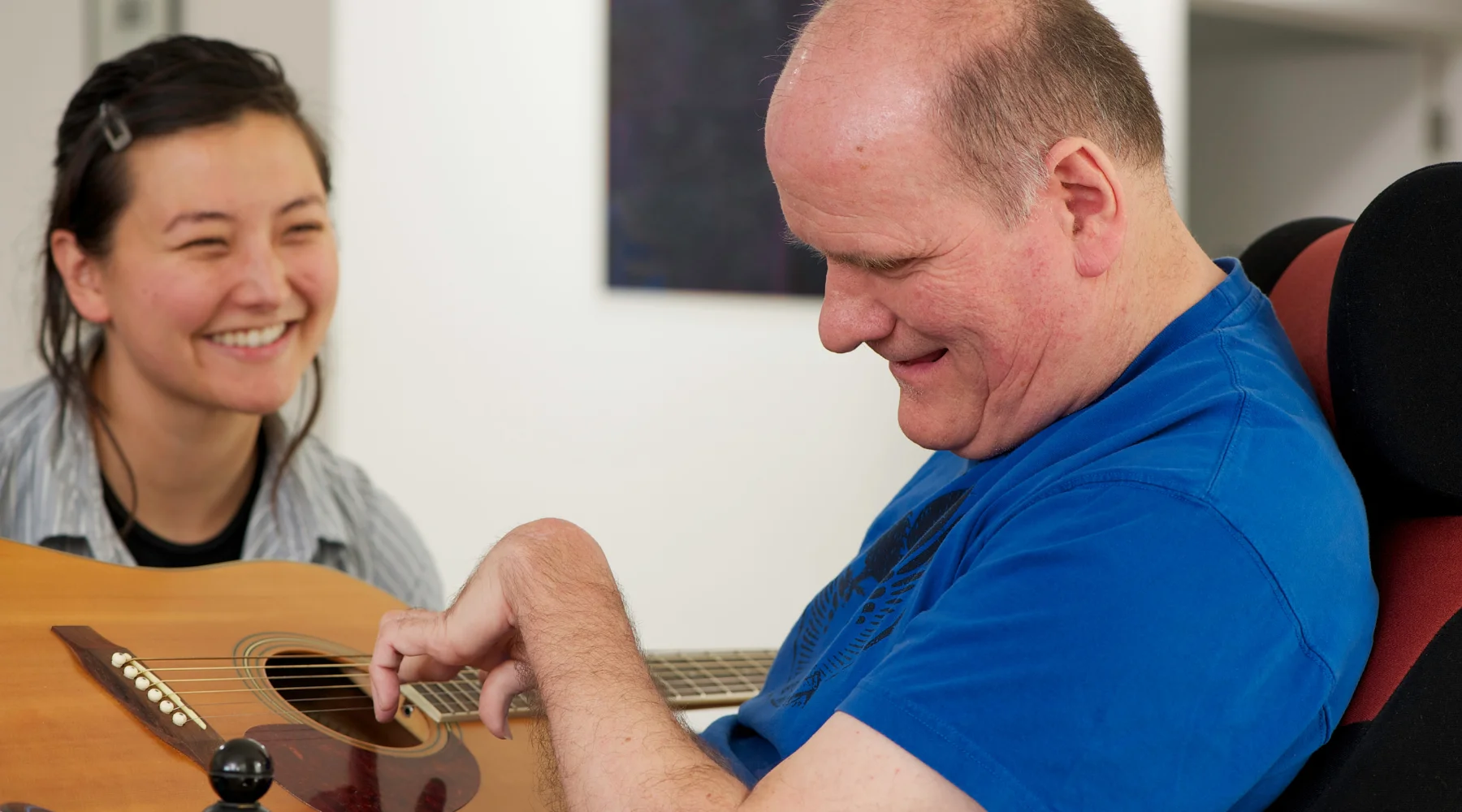Creating an accessible home for people with disabilities goes beyond meeting legal requirements; it offers individuals greater independence, comfort, and positivity in their lives. In Australia, the National Disability Insurance Scheme (NDIS) supports people with disabilities, and home modifications play a key role in improving their quality of life. Whether through small adjustments or major renovations, these changes can make a home more functional and uplifting.
This blog will share practical, easy-to-implement suggestions for creating a welcoming and accessible living space. These tips aim to empower NDIS participants and their families, drawing from lived experiences, expert insights, and reliable resources.
The Impact of the Home Environment on Well-Being
An ideal home design focuses on safety, ease of movement, and tranquility. According to the World Health Organization (WHO), accessible living spaces greatly contribute to both the emotional and physical health of people with disabilities. Even small changes can significantly improve mobility, reduce stress, and encourage independence.
A 2023 study published in the Journal of Housing and the Built Environment highlighted that an inclusive home can improve social interactions and mental well-being for people with disabilities. A thoughtfully designed space that fosters self-sufficiency requires less external support, making it the perfect home environment.
Creating a Welcoming Atmosphere

Sensory Considerations
- Consider Natural Light – During work hours, or any time you are at the office, do your best to take advantage of natural light. Unlike artificial light, natural light is the best to help you focus.
-
- Special Note: Exposure to light improves sleep and mental well-being (source).
- Manage Sound Sensitivities – Noise can really affect how well you focus, relax, and even your overall mood. Here are some great ways to deal with it:
-
- Use noise-canceling headphones for focused activities.
- Incorporate soft furnishings (rugs, curtains, cushions) to absorb sound.
- White noise machines can help drown out disruptive background noise.
NDIS Resource: Find funding support for sensory aids through the NDIS Assistive Technology program.
- Utilise Calming Scents – Scent plays a powerful role in emotional regulation. Essential oils like lavender and chamomile promote relaxation, while citrus scents can increase alertness. However, strong artificial fragrances should be avoided to prevent sensory overload.
-
- Scientific Backing: Studies indicate that aromatherapy can reduce stress and anxiety (source).
Personalisation and Comfort
- Create Designated Spaces – Allocating certain sections for relaxation, exercise, and quite time provides not only a defined area for the added activities, but also leads to a more soothing atmosphere in general.
-
- Reading area complete with fresh pillows and soft lights.
- Crafting corner to enable kids to let their creative juices flow.
Example: A parent transformed a spare room into a multi-sensory retreat withv weighted blankets, fiber-optic lights, and calming textures.
- Incorporate Personal Touches – Displaying personal photos, artwork, and treasured items fosters a sense of belonging and identity.
-
- Wall decals with uplifting quotes.
- A memory board showcasing achievements and favorite moments.
Anecdote: A participant with autism found great comfort in a visual timeline of their daily routine.
2. Enhancing Accessibility and Independence

Practical Modifications
Implement Simple Adjustments – Small changes can significantly enhance mobility and safety:
- Install grab bars in bathrooms for added stability.
- Place non-slip mats in areas prone to moisture.
- Raise toilet seats and adjust furniture heights to improve accessibility. Resource: Consider trusted suppliers like ILC Australia for adaptive equipment.
Organise for Ease of Use – A well-organized home minimizes stress and promotes independence.
- Store frequently used items at an accessible height.
- Label cupboards and drawers with images or Braille for easier identification.
- Use clear storage bins to keep spaces tidy and practical. Related Article: Learn about how the NDIS promotes independent living.
Assistive Technology
Explore Assistive Technology – Technology can play a significant role in supporting independence and daily activities.
- Voice-activated devices for hands-free control.
- Smart home systems for managing lighting, temperature, and security.
- Adaptive utensils and one-handed tools for easier meal preparation. Learn more: Discover how assistive technology is transforming lives and enhancing independence.







